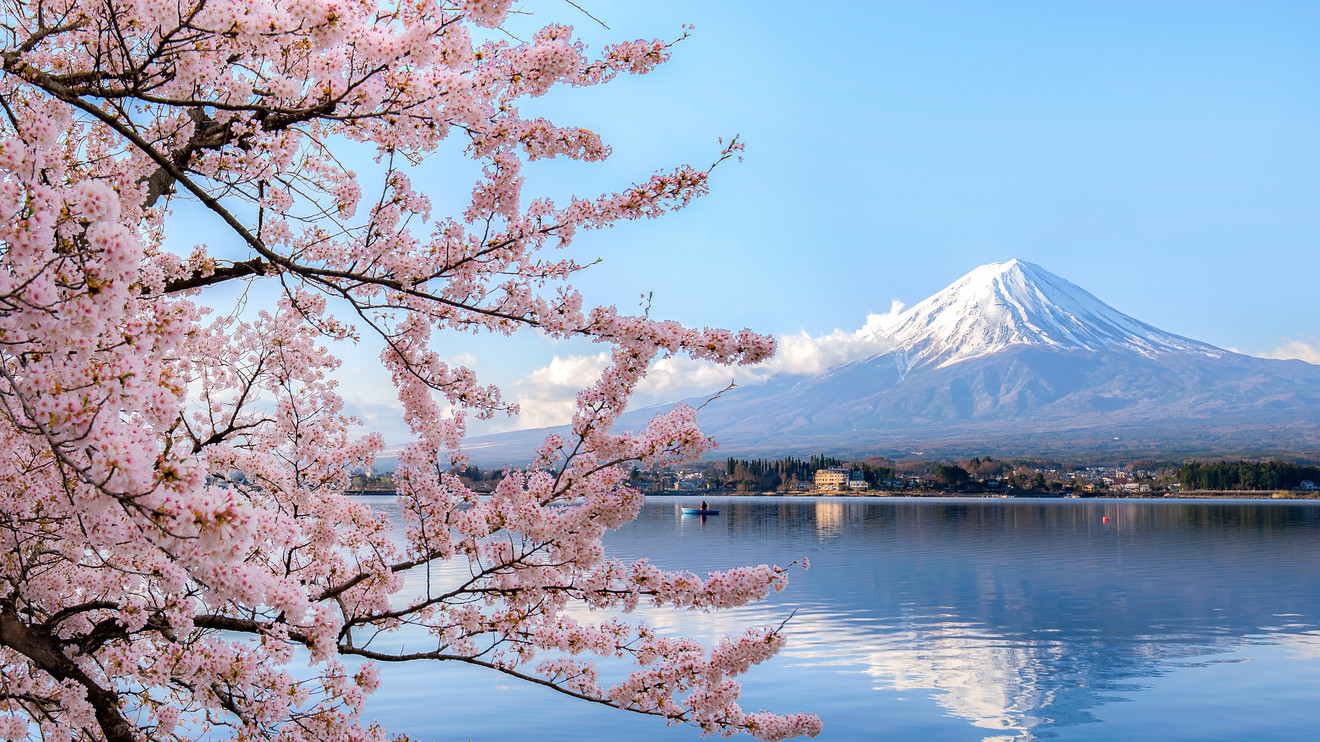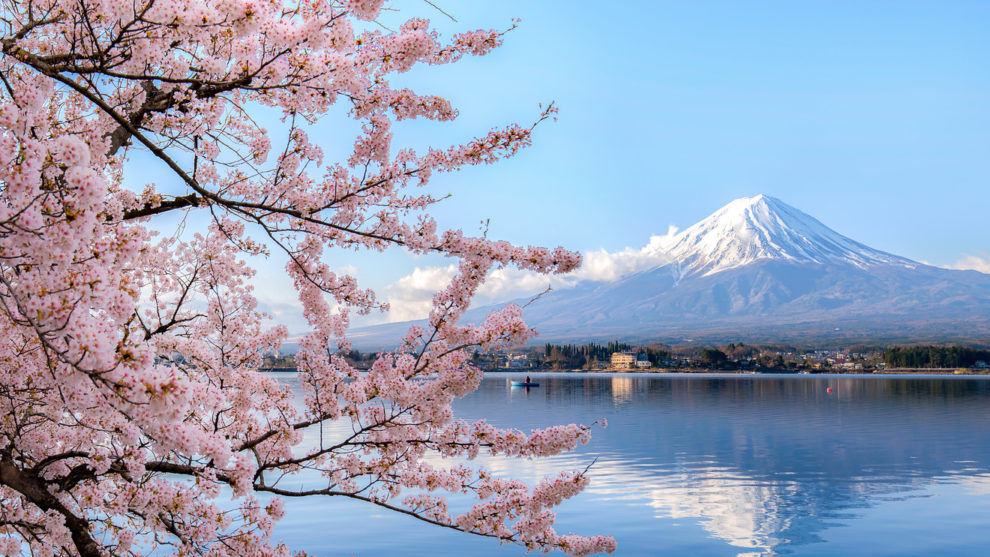
Japan has one of the highest old-age dependency ratios but not one of the highest retirement income replacement ratios. That could spell trouble for its citizens, now and in the future.
The old-age dependency ratio measures how many people there are over 65 years old to those who are between 20 and 64 years old. In Japan, the ratio was 46% in 2018, compared with 23% in the U.S. and 14% around the world, according to the World Bank.
Japan has a pay-as-you-go pension system, similar to many other countries around the globe, including the United States. Fertility rates and life expectancy are also key factors to consider when projecting the future sustainability of the program, but the fertility rate in Japan has dropped since the 1970s, while life expectancy has grown during the same time, according to the World Bank.
To ensure retirement security, the Japanese should weigh other means of retirement income — something they’re slowly beginning to do. The pension system replaces about 35% of preretirement income, compared with 38% in the U.S. But many Americans also rely on other sources of income, such as a 401(k), which drives the replacement income ratio to 71% on average, said Hervé Boulhol, senior economist of pensions and population aging at the Organisation for Economic Cooperation and Development. Comparatively, with voluntary savings, the Japanese’s replacement ratio goes up to 58%, which is still relatively low. About half of the working population in Japan are covered by such a plan.
The country has slowly been integrating its own version of a voluntary individual retirement plan, following the path of the United States. The country passed legislation to increase funding requirements and introduce defined-contribution plans beginning in 2001, in an attempt to bolster retirement and economic security, according to a report published in the U.S. National Library of Medicine. These individual retirement accounts have become popular among the Japanese, some of whom are aware the government may have trouble paying out benefits, the Japan Times reported.
The old-age dependency ratio doesn’t have to mean doom, said Paul Irving, chairman of the Milken Institute Center for the Future of Aging.
The ratio assumes productivity drops after the mid-60s, and that older populations need to retire — but that’s not true, Irving said, and such an assumption can be dangerous to society. Prolonging a career and remaining in the workforce is not only healthy for many people, but it could deter a pension system from faltering because of the influx of older people claiming benefits. “The dependency ratio places a cloud over the kind of creativity, opportunity and possibility that exists to reimagine what a workforce and population of the future will look like,” Irving said.











Add Comment